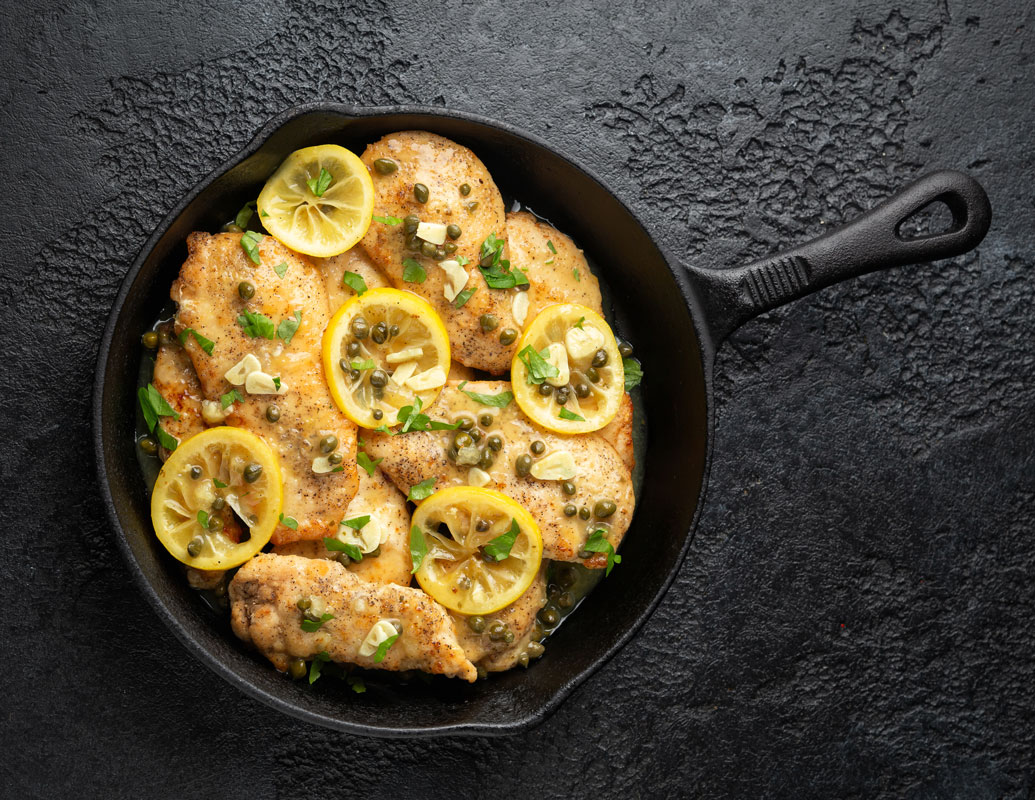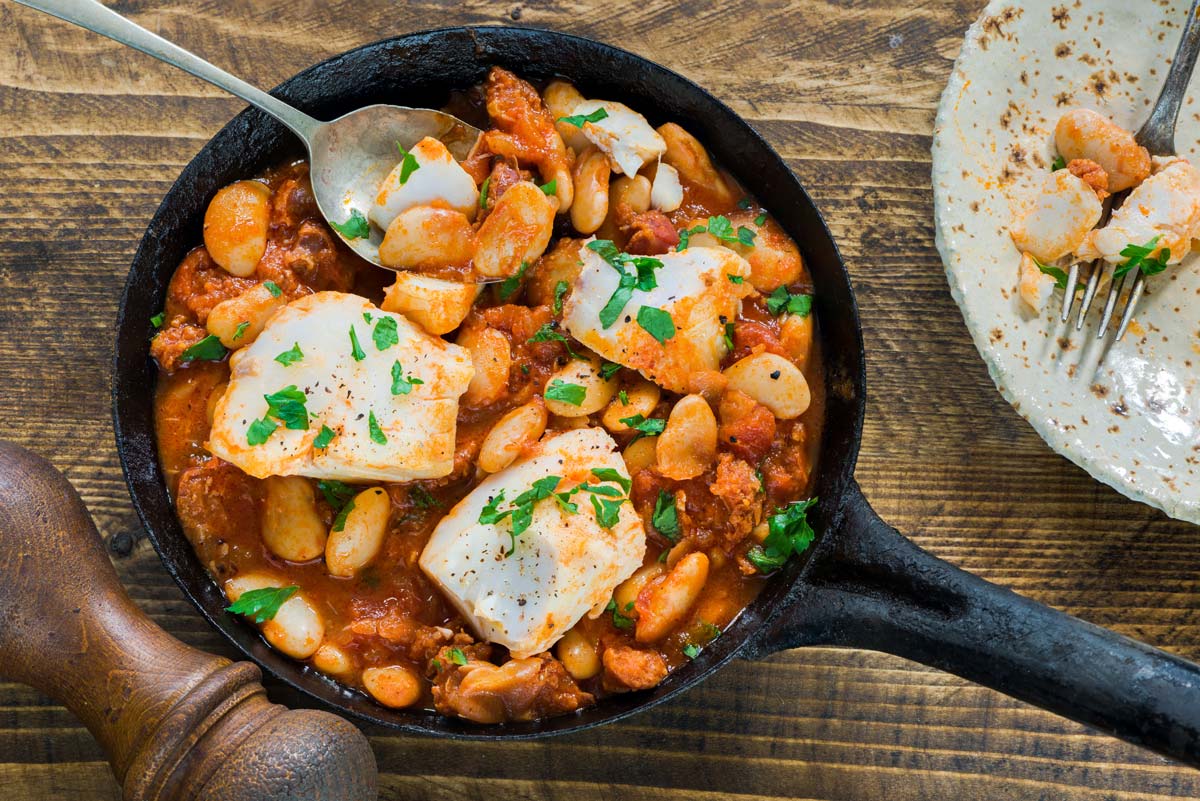This recipe brings together many strong flavors that meld beautifully—the sweetness of the cashews, the citrusy zest of the lime, the spiciness of the pepper and the garlic. You can make the sauce and marinate the chicken a day ahead; cover both and refrigerate until needed (allow the sauce to come to room temperature before serving). Although you can grill the chicken, it bakes up quickly in the oven. If you can’t find the sweet soy sauce known as kecap manis at your local supermarket or Asian market, substitute 2 tablespoons regular soy sauce and 1 tablespoon sugar.
Ingredients
- 2 cups raw or low-sodium roasted cashews
- 1 cup cilantro with stems, loosely packed
- 1/3 cup extra virgin olive oil
- 1/3 cup water
- 8 garlic cloves, peeled
- 3 tablespoons sweet soy (kecap manis)
- 1 fresh jalapeño pepper, stemmed (remove the seeds for a milder taste)
- Zest of a large lime
- 2 tablespoons fresh lime juice
- 4 pounds boneless, skinless chicken thighs
Directions
Step 1
If using raw cashews, toast them in the oven at 350°F for 10 minutes to bring out their flavor. Place all the ingredients except the chicken in your food processor and pulse until you get a thick and chunky sauce. Transfer all but ¾ cup to a serving bowl and reserve. Place the chicken in a large bowl and add the ¾ cup of the sauce. Use your hands to coat the chicken thoroughly.
Step 2
Preheat your oven to 385°F. Transfer the chicken to two rimmed sheet pans that have been lined with parchment paper. Bake for 35 minutes, rotating the pans halfway through. Turn on the broiler and place each pan under it, one at a time, for 3 minutes for a nice crisp.
Step 3
To serve, top each thigh with a dollop of the reserved cashew-cilantro sauce and pass the rest on the side.
Yields 6-8 servings




